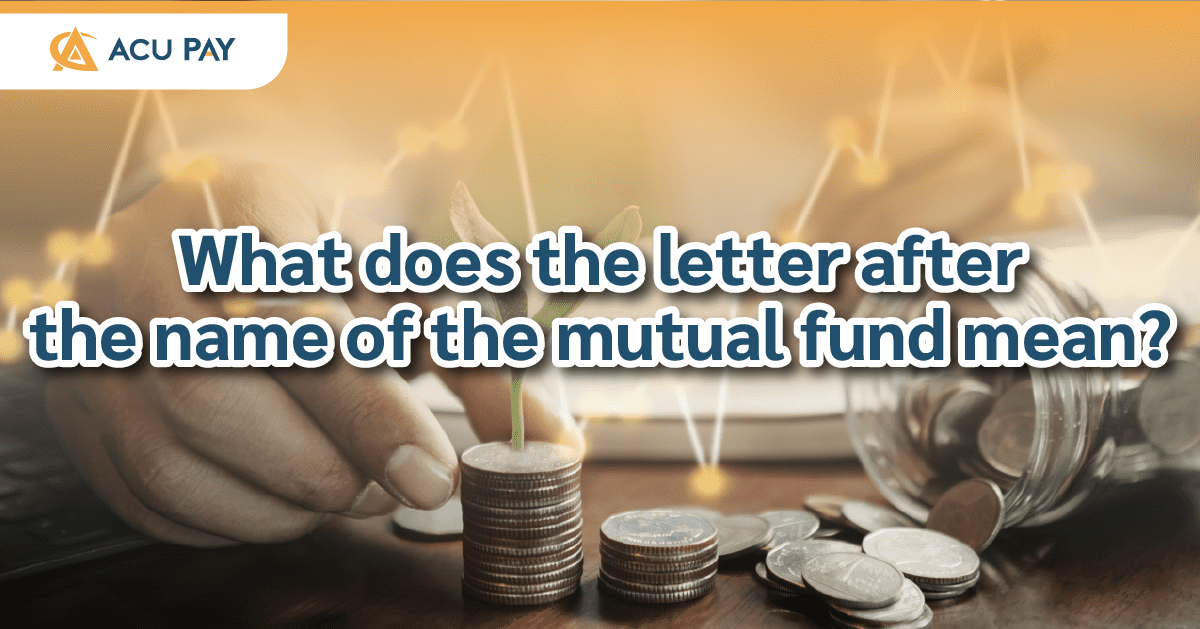

Any new investors ever wonder about what the alphabet behind the mutual fund means. This time, ACU PAY will lead you to the answer to the question.
Mutual Fund is the raising of funds from several investors into large investments by asset management companies. The fundraiser will bring the fund to be registered as a juridical person and the fund will be invested under the policy as specified in the prospectus.
The letter after the fund is to divide the unit type (Share Class) It is a criterion at the Office of the Securities and Exchange Commission(SEC) that allows mutual funds to be divided into different types of units under the same mutual fund to provide more options for Asset Management Companies (AMCs) to set up mutual funds and benefit investors who want different returns under the same investment policy. In addition, the letters after the fund indicate types of investors, investment units, and tax reduction funds.
The letters after the fund names that we often see, such as A, R, and D. Each AMC will set the fund name differently such as SCBFINTECH(A), LHESPORT-D, KFS100SSF, but some letter funds are not always at the end of the name such as SCBRMS&P500.
A (Accumulation): Value collected type. No dividend was paid.
For: Investors who want their investments to grow compounded and don’t need cash flow.
R (Auto Redemption): The type of automatic sale of fund units to investors, and when paid, the number of units will decrease.
For: Investors who want cash flow without paying taxes
D (Dividend): Dividend payment from retained earnings. When paid, the NAV will be reduced and the tax deduction at 10% is deducted.
For: Investors who want cash flow
E (Electronics): Fund for investment through electronic channels without charge of management and sales fees.
For: Investors who want to save on fees, but the maximum purchase amount may be determined and inconvenient for port consolidation.
RMF (Retirement Mutual Fund): A mutual fund for one’s livelihood
For: Investors who want to use their tax breaks and want to save money for retirement.
SSF (Super Saving Fund): A savings fund
For: Investors who want to use their tax deductions and long-term savings of 10 years or more.
P (Private Fund): Fund for investors in private funds only.
I (Institutional): A fund for institutional investors
LTF (Long Term Equity Fund): Long-term equity funds (currently no longer available for purchase)
To know the right investment for yourself, first of all, you need to know the purpose of the investment, what kind of return you want, how much risk you want to take, and how long you want to invest, and then find a fund that suits your style.